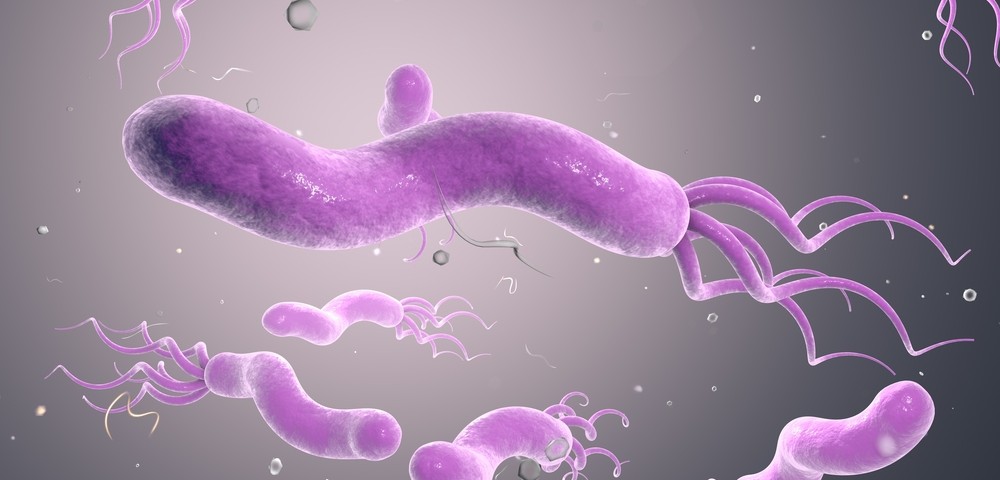Significant changes in the composition of bacterial pathogens take place in the airways of people with bronchiectasis — in particular, a substantial increase of Pseudomonas aeruginosa together with a marked decrease of other species of bacteria, researchers in China report.
Investigators strongly suggest that future treatment approaches focus on restoring the normal microbial environment in patients’ airways.
The study, “Altered community compositions of Proteobacteria in adults with bronchiectasis,” was published in the International Journal of Chronic Obstructive Pulmonary Disease.
Bronchiectasis is a chronic disease that affects the airways’ microenvironment. Microbial imbalance in the lungs is one of the most important factors contributing to airway inflammation in bronchiectasis patients.
Proteobacteria – a group of clinically relevant pathogens, including species of Pseudomonas and Haemophilus bacteria — can be detected in the sputum (mucus expelled by coughing) using bacterial cultures.
But this classic way of detecting bacteria has a limited number of potentially pathogenic microorganisms that is able to identify, raising the possibility that some are missed.
The emergence of sequencing techniques, however, allow for better analysis of the microbial composition in people with diseases that include bronchiectasis.
Previous studies have shown that the microbial composition in the airways of bronchiectasis patients correlates with lung function, and that the composition changes dynamically during disease flares. However, the correlation between microbial composition and classic culture findings is still not clear.
In this study, researchers wanted to assess whether Proteobacteria compositions could at least be partially determined using conventional sputum bacteria cultures.
They collected sputum samples from 106 patients with stable bronchiectasis and 17 healthy controls; samples from half were tested simultaneously by conventional bacteria cultures and genomic sequencing.
Researchers also collected sputum samples from 22 bronchiectasis patients during periods of disease exacerbations (flares) and convalescence to analyze dynamic changes in microbial composition.
They stratified bacteria cultures into three categories: Pseudomonas aeruginosa-positive cultures (PA group), other potentially pathogenic microorganism-positive cultures (PPM group, including species of Haemophilus and Klebsiella bacteria and Staphylococcus aureus), and a culture-negative group (Comm group).
After the first visit, a total of 45 patients were assigned to the PA group, 41 to the PPM group, and 20 to the Comm group. All at the time had stable bronchiectasis.
Patients in the PA group, in comparison to controls, showed a greater abundance of Proteobacteria and a lesser variety of other species — indicated by lower scores in the Shannon–Wiener Diversity Index and in the Simpson Diversity Index.
Investigators also observed that bronchiectasis patients were easily distinguishable from healthy individuals based on the presence of different species of Pseudomonas in the sputum, especially in the PA group. Proteobacteria found in PA group patients, unlike those in other groups, also seemed more resilient during periods of exacerbation and convalescence.
“The concordance between culture and sequencing findings in the PA group has justified our estimation of Proteobacteria compositions according to Pseudomonas predominance,” the researchers wrote.
Altogether, the findings indicate that microbial composition can at least be partially reflected by conventional sputum bacterial cultures. Furthermore, patients with bronchiectasis show significant alterations in Proteobacteria composition that should be targeted by future clinical interventions to restore the normal airway microenvironment.
“In summary, the significant alterations of Proteobacteria compositions indicate disrupted airway dysbiosis [the airway microenvironment], calling for integrated management for normalizing microbial compositions in bronchiectasis,” the team concluded.

